Pentax K20D
The 14.6MP Pentax K20D is the highest resolution sensor available in a prosumer camera today. There are pro models at $8000 or more that feature even higher resolutions, but the $1299 MSRP K20D is a long way from that price class. When it was introduced in late 2007, the K20D was the first 14MP class camera, and its introduction surprised the photo establishment with a Pentax-designed and Samsung-manufactured CMOS sensor.
Tests of K20D resolution show the highest resolution available in its class at lower ISOs. However, resolution and image quality at higher ISO settings are compromised by the higher noise of the K20D at these settings. It appears Pentax made the conscious decision to use minimum in-camera noise processing at higher ISOs.
Noiseware completely changes the dynamics of high ISO image capture on the K20D. The comparison of JPEG images that have been Noiseware-processed to the original in-camera JPEG images shows a dramatic improvement in image quality, particularly at ISO 800 and beyond.


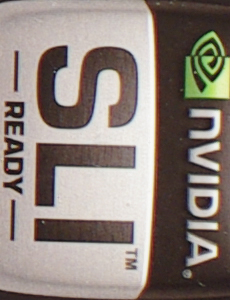
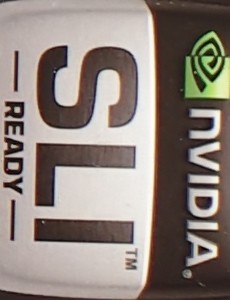
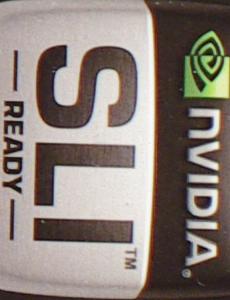

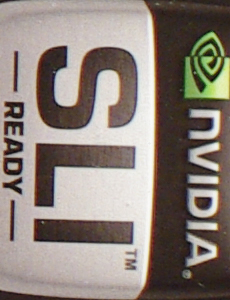
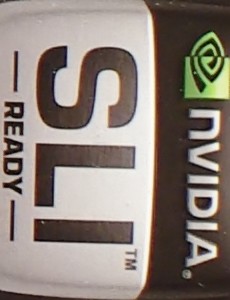
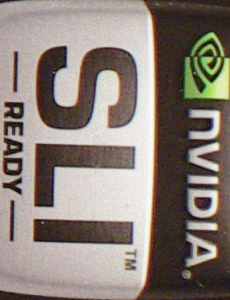
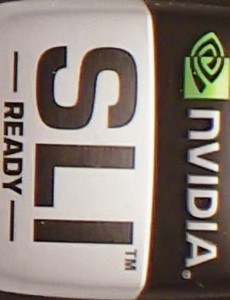
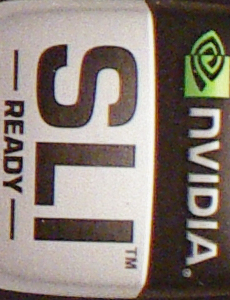


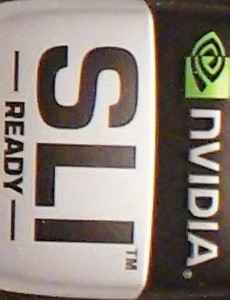
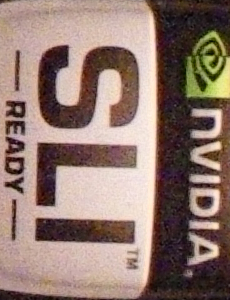
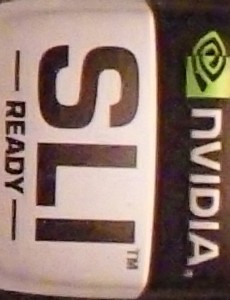








61 Comments
View All Comments
n4bby - Monday, July 28, 2008 - link
agreed. i criticized some earlier reviews, but was holding out for the quality of writing and analysis to improve. that is clearly not happening. even the article synopsis in my anandtech RSS feed was completely wrong:"Not all JPEG processing is created equal, but Noiseware can often fix what camera JPEG processing leaves undone...."
i was truly puzzled by this. noise reduction has NOTHING to do with JPEG compression - that's like saying, "not all gasoline is created equal... let's see how this motor oil performs."
but i guess if it brings in the ad dollars, it's mission accomplished for the site... even though ultimately it's doing the readers a disservice.
Wesley Fink - Tuesday, July 29, 2008 - link
You are technically correct, but it appears you are straining to make your point. Certainly you, and everyone else, understands that noise reduction is one of the processes that usually happens during in-camera "JPEG" processing or during software conversion from RAW to a finished image format which is normally JPEG, but could be TIFF or even another format.In the interest of being more precise in the description I have changed it to:
"Not all image processing is created equal, but Noiseware can often reduce noise that in-camera or software processing leaves behind."
n4bby - Tuesday, July 29, 2008 - link
thank you for fixing that."Not all image processing is created equal, but Noiseware can often reduce noise that in-camera or software processing leaves behind."
so does gaussian blur! ;)
soydios - Monday, July 28, 2008 - link
Eh, I'd say that your quoted caption is an accurate description of the article. There's on-chip noise reduction that is performed before the RAW file is created, then there's software noise reduction that is performed as part of the image processing engine in-camera. The output of that image processing engine is usually JPEG or TIFF, and the RAW preview image.So, if a camera's processing engine isn't running noise reduction before writing to JPEG, then this software would finish the noise reduction stage of post-processing.
As for the software itself, I don't know about the images at full magnification, but the small previews shown indicate fairly heavy smearing. Lightroom does less smearing, and seems to be extremely capable in my experience at chroma noise reduction, and good enough at luminance.
As for writing quality, I can't do better, so I won't criticize.
n4bby - Monday, July 28, 2008 - link
it is NOT an accurate description. image processing has NOTHING to do with the final output format of the file. you said it yourself - the output could be TIFF, so what does it have to do with "JPEG processing"? call it a nit if you will, but anandtech is a technical publication, so such fundamental inaccuracies should be considered anathema.and saying you can't criticize because you can't do any better yourself seems symptomatic of the sort of mediocrity malaise that results in sub-standard institutions like the US Postal Service. ;) if we expected everything in the world to be no better than what we ourselves can accomplish, the world would be a very sad place...
guitargeek27 - Monday, July 28, 2008 - link
It's kinda unfair to compare the noise of a Nikon D3 to a Canon XSI, as the Canon has a smaller sensor (as well as a few thousand dollars less)If you wanted to be fair, how about comparing the D3 to a Canon 5D (full frame and less expensive than the d3) or the EOS 1D Mark II or III?
Spoelie - Monday, July 28, 2008 - link
Personally I think there's too much smearing going on, to the point that I like the original picture better. The first picture for example has quite a loss of detail on the windows of the buildings and on the slope of the mountain. In the second picture all the ripples are gone and the boat seems to float above instead of in the water. All non-macro low-iso shots show an incredible amount of smearing (stones on the stairway, vegetation on every background mountain, ripples in water). I don't know how anyone would consider those filtered low-ISO shots an improvement.cparka23 - Monday, July 28, 2008 - link
I've long been impressed w/ Canon's low noise compared to other makes. Up 'til now, I've always heard/assumed that it was the sensor. So is it possible to determine to what exactly the noise reduction is attributable in many cameras? Is it due to an algorithm or is it really the sensor? I guess we'll never know, since the images are already 'processed' in RAW, will we?cparka23 - Monday, July 28, 2008 - link
hmm.. after rereading, that first question didn't come across as I had entirely hoped. regardless, the article helped me understand this a bit.Thanks, Wes.
strikeback03 - Monday, July 28, 2008 - link
Canon states that the only noise reduction done to their RAW images is dark noise subtraction. They have plenty of whitepapers on their technology floating around.